HotSpots H2O, March 26: Spotlight on the Water Crisis in Gaza
The Rundown
The Gaza Strip may soon be unlivable, largely due to the territory’s devastated water supply. For decades, residents of the self-governing Palestinian territory have drawn unsustainable amounts of water from Gaza’s main aquifer. Now, the remaining water is mostly unusable due to high salinity. Whenever Gaza’s water table drops too low, seawater penetrates the aquifer. The water supply is also polluted with sewage and chemical run-off.
Years of conflict have wreaked further havoc on Gaza’s water access. Fighting has damaged a majority of the territory’s water and sanitation facilities, including wells, pumps, desalination plants, and sewage treatment plants. Water shortages have been exacerbated by an air, land, and sea blockade imposed by Israel and Egypt for most of the past decade. The blockade makes it difficult for Gaza to obtain the supplies needed to rebuild or upkeep its infrastructure.
Most citizens rely on imported, bottled water for drinking. Other tap into groundwater with homemade wells. Some even try to desalinate water at home. Desalination in Gaza is becoming risky, though, due to the staggering amount of wastewater and trash that is dumped into the Mediterranean each day. Most of Gaza’s coastline is now heavily polluted.
“The sea is a part of us, the sea is our life. But the pollution affects us now, [the smell of sewage means] we cannot even sit here properly anymore … we banned the children from going down there.” –Abu Amirah, a 56-year-old Gaza resident, in reference to the territory’s contaminated coastline. In addition to polluting drinking water, the soiled seawater has also upset the livelihoods of local fishermen.
By The Numbers
1.2 million Estimated number of Gaza residents who have no access to running water, out of a population of 2 million. For those who do, most of the piped water is too polluted to drink.
96.2 percent Amount of water in Gaza’s aquifer that is unusable due to pollution and seawater seepage.
60 million cubic feet Amount of water that is replenished in the Gaza aquifer each year by diminishing rainfall. The Gaza Strip extracts an unsustainable 200 million cubic feet of water from the aquifer each year.
22 percent Proportion of wells in Gaza that produce water with acceptable salt concentrations.
8,600 cubic meters Amount of water produced each day by Gaza’s desalination plants. A cubic meter is 264 gallons.
108,000 cubic meters Amount of untreated sewage that flows from Gaza into the Mediterranean Sea each day, the equivalent of 43 Olympic-size swimming pools. An estimated 80 percent of the Gaza Strip’s coastline is now heavily polluted.
Science, Studies, and Reports
A 2017 report by the United Nations, Gaza Ten Years Later, examines several key indicators related to the territory’s water supply. The report shows that the amount of drinkable water from Gaza’s aquifer decreased from 10 percent in 2012 to 3.8 percent in 2017. It predicts that Gaza’s aquifer will be irreversibly damaged by 2020 unless immediate remedial action is taken.
On The Radar
Recently, there have been a handful of positive developments in Gaza’s water situation. The European Union announced last week that international donors raised $560 million for a new desalination plant in Gaza. According to the EU, the new plant will play an instrumental role in providing clean water to Gaza’s 2 million residents.
In early March, the World Bank also announced completion of the North Gaza Wastewater Treatment Plant, which will serve 400,000. The plant, however, cannot operate full-time due to Gaza’s severely restricted supply of electricity. Its opening was also overshadowed by an assassination attempt on Palestinian Authority Prime Minister Rami Hamdallah, who was bombarded en route to the plant’s inauguration ceremony. The Prime Minister’s visit to Gaza, his first in 5 months, was meant to focus on the territory’s dire water crisis.
Resources and Further Reading
Donors Raise $560 Million for Gaza Water Treatment Plant (The New York Times)
Gaza on the Brink (U.S. News & World Report)
Gaza Ten Year Later (UNSCO)
Gaza’s Growing Water Pollution Crisis (Pacific Standard)
Gaza’s water shortage worsening, no easy solutions seen (Reuters)
Hamdallah hit attempt rains on bid to ease Gaza’s dire water crisis (The Times of Israel)
North Gaza communities will finally benefit from sewage treatment services (ReliefWeb) Restoring U.S. Aid Crucial to Avoid a Water Catastrophe in Gaza (ReliefWeb)
Kayla Ritter is a recent graduate of Michigan State University, where she studied International Relations and Teaching English to Speakers of Other Languages. She is currently based in Manton, Michigan. Kayla enjoys running, writing, and traveling. Contact Kayla Ritter

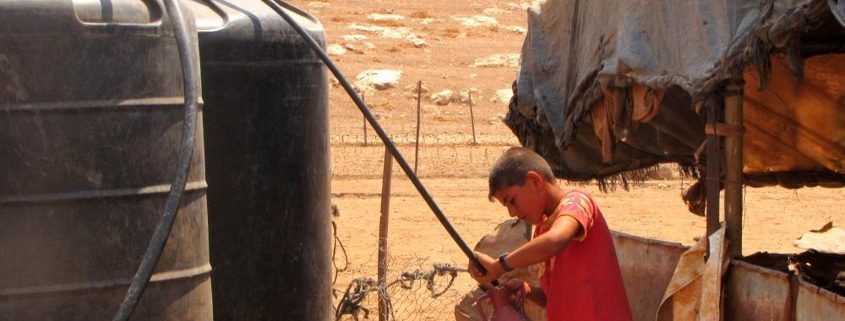

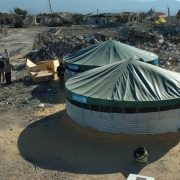
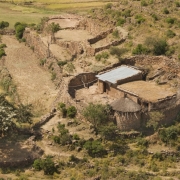
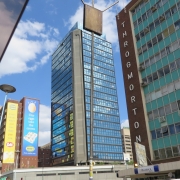
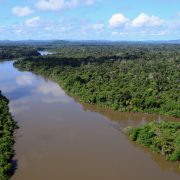
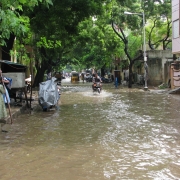
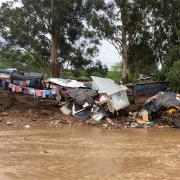

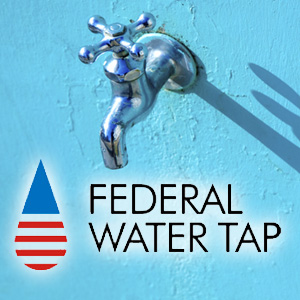
Leave a Reply
Want to join the discussion?Feel free to contribute!